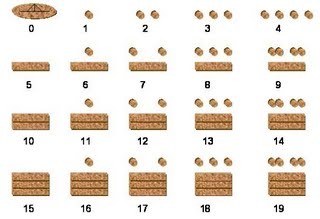Hypothetical Computer
IPO Input, Process and Output

IPO is a hypothetical computer based on existing computer models in the years 1960/70.
In 1973, César Luís Garrett has developed a program in Assembly language for use in the course initiation to the programming scheduled at ESC – Systems and Computers Company, Siemens / AG (1).
The material used at the time for the elaboration of the program was an English book provided by IBM in Brazil.
The program elaborated by Luís Garrett, interpreted and implemented the instructions of the programs developed by students in the programming language of the Hypothetical IPO computer.
Each student received as a result of his work, a listing with the program written in the IPO language and the result obtained in the processing of his program, further generating a memory dump.
The method facilitated learning in the low-level programming language course as the assembly, and also in hight level linguage courses such as Cobol.
The book with the publication on IPO, listing and cards with the program written in Assembly, and the IPO encoding form, were lost.
After 38 years, Luis Garrett compiles the present job, combining the resources and huge collection of images and documentation available on the web, thus redeeming a little of the history of programming and computers.
(1) See SIEMENS, Zeit von 1972-1978
With non-experience readers on computers and who have no idea what a program is, the author hopes they can, at the end of a few days, schedule the IPO computer and test if your program is able to successfully perform the proposed problem.
The proposed cases for study (CASY STUDY) are published in the category PROBLEMAS and the solutions applied with programs in the IPO language, published in the category SOLUÇÕES
For the coding of the solution in the IPO language, the programmers should draw a flowshart,, and from it encoding all the instructions that our hypothetical computer will be able to execute.
About Numeric Systems
Our numerical system is the decimal (Base 10), represented by characters from 0 a 9.
Computers “understand” binary notation (base 2),,
represented by us by characters 0 (off) and 1 (On).
Binary figures are represented in hexadecimal notation (Base 16) by characters 0 to 9 – A to F.
The Maia numerical system was Vigesimal (numerical base 20), and each unit of a given position represented the unit in the position it precedes.

An important exception was made in the second order value, which instead of this represented 18 × 20, or 360 days, closer to the solar year than would be 20 × 20 = 400 days.
It should be noted however that long count cycles were independent of the solar year …
To learn more about the Mayans, see the Wiki tab the Mayan Mathematical Links and Mayan Calendar.
Let’s start the course Learn Program Computer?
